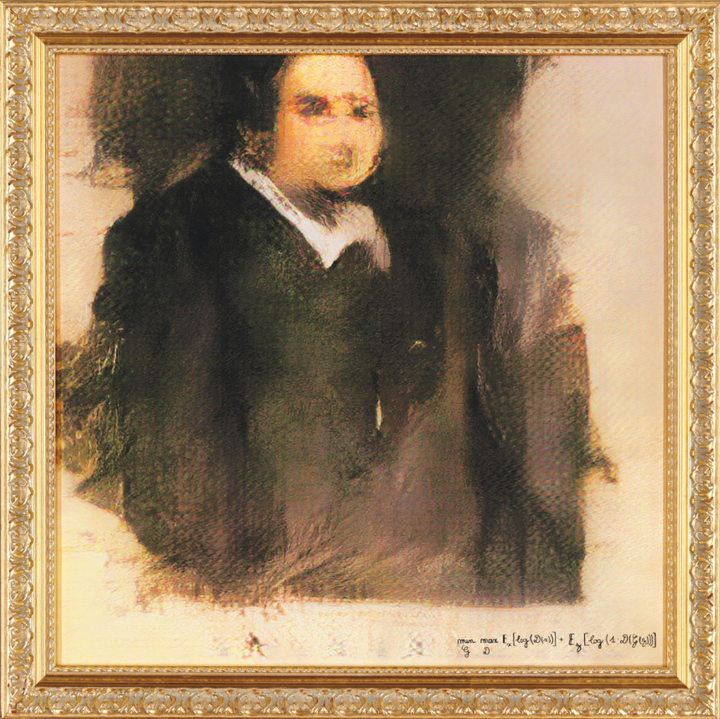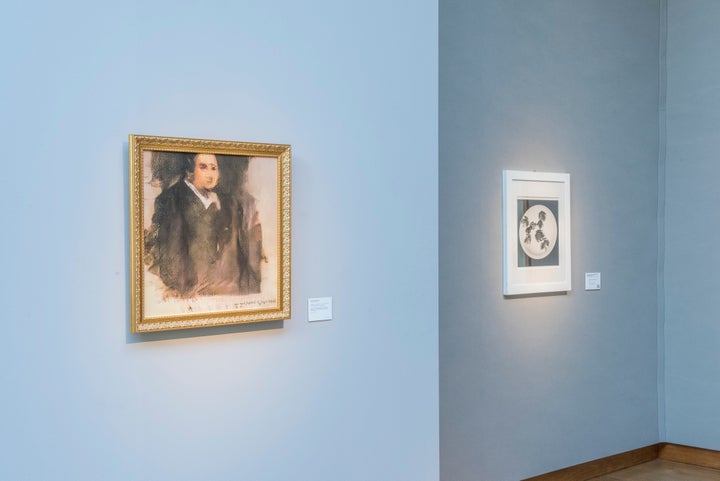The portrait of Edmond de Belamy is one that asks more questions than it answers. Its abstract lines and almost unfinished nature feel like they’re showing the pure essence of a person, rather than they’re defining details.
This is just as well because Edmond de Belamy isn’t real.
In fact the painter isn’t real either, it’s an AI created by a Paris-based collective of artists and researchers known as Obvious Art.
Despite its fictitious nature, this portrait will be going on sale in October at the auction house Christie’s where Obvious believes it could sell for as much as £9,000.

What’s perhaps as interesting as the fact it’s going on sale, is the way it was created in the first place.
The portrait was created using a custom-built piece of software called a ‘generative adversarial network’ (GAN).
It is composed of two parts. The first of these parts is a Generator which is fed 15,000 portraits from between the 14th-20th century and then tasked with creating its own unique portrait.
The second part is the Discriminator which then analyses the finished portrait and tries to work out if it was painted by a human or a machine. If it sees through the deception then the painting is a failure, however if it believes it was created by a human the painting is deemed a success.
Using this process, Obvious have created a number of portraits depicting the de Belamy family right through to Edmond’s great-grandfather Le Comte de Belamy.

The portrait also opens up a new debate around authorship. Is the author the algorithm itself, or is it the team who created the algorithm?
Speaking to Christie’s Hugo Caselles-Dupré of Obvious believes that there are two answers to this question.
“If the artist is the one that creates the image, then that would be the machine,” says Caselles-Dupré. “If the artist is the one that holds the vision and wants to share the message, then that would be us.”
Christie’s sees this as a chance to look into the future and gauge how the public might react and appreciate pieces of art created by artificial intelligence.
“AI is just one of several technologies that will have an impact on the art market of the future – although it is far too early to predict what those changes might be,” says Christie’s specialist Richard Lloyd. “It will be exciting to see how this revolution plays out.”
